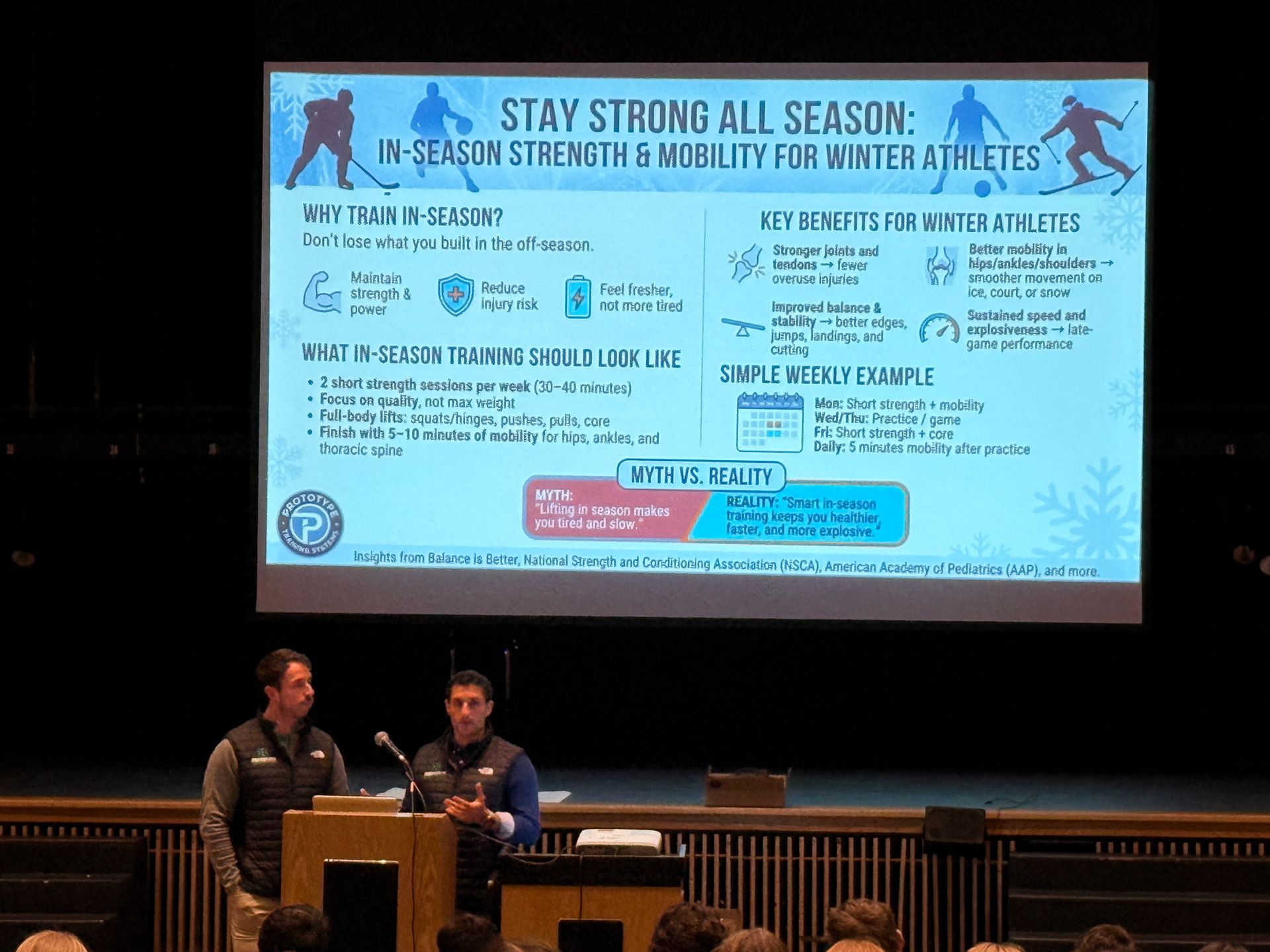Speed Series: How To Drop A Minute Off Your Mile Time

By: Evan Cleaveland (Intern at Prototype Training Systems )
If you’re anything like me, your stomach starts doing flips at even the slightest thought of a long-distance run. Many of the members and athletes that come into Prototype Training Systems, may agree because a lot of our members that have come in and started doing our CrossFit classes or even personal training , want to get “fit” without having to run a lot (not everyone, but many!)! Luckily, I’m going to share some tips with you that will improve your runs!
I’ve always gravitated towards sprinting as opposed to running (long-distance). This goes against our anatomy; human beings relatively are the best runners on the planet. We were able to survive the previous eras by evolving as a species that can outrun our predators with stamina. However, we are lacking in our capability of pure ALL OUT SPEED.
As an example, did you know that cheetahs can move at speeds up to 75 mph?
The reason for these functional differences is due to our bipedal locomotion, meaning that we walk on two legs. This is in contrast with most animals being quadrupeds or walking on four legs. It turns out that bipedal gait is superior when it comes to saving energy, but we lose speed because only our two legs can actually push off the ground.
Now let’s talk about how we can accentuate this mechanical advantage of ours while endurance running. Here’s a quick tip: RELAX. Our muscles need to expend energy in order to contract. So in order to maintain the most efficient running form for long distances, we should only be contracting the muscles that are going to move us forward. This might sound obvious, but we tend to tense up while running.
Two major examples of this:
-Clenching your fists
-Clenching your jaw
These two common tendencies seem trivial, but the amount of energy you expend doing them will add up over the duration of a long-distance run and drastically increase your fatigue. Try to keep your hands and jaw as relaxed as they can be. This applies to the whole body as well, you can still move quickly in a relaxed running gait if done correctly!
Here’s an excerpt from Smart Marathon Training: Run Yourself Ragged by Jeff Horowitz that supports this idea, “Too many runners waste energy by clenching their hands tightly as they run. A better idea would be to direct all of your energy to the muscles that are moving you forward while keeping everything else as relaxed as possible”.
Check out this video below of a collegiate mile race (Fun fact: I was at this meet!)
Keep in mind that these men are running a mile in under four minutes, which is VERY fast. However, notice that even though they are moving quickly, they appear to be very relaxed at the same time. This seemingly effortless shape is what allows them to reserve enough energy to keep them moving at that pace for the full mile.
What about sprinting?
This technique may come in handy while sprinting as well depending on the duration. For example, in a team sport such as soccer, let’s say you’re a starting midfielder that will play for the whole game. There will be many times where you have to sprint to get to the ball or move into the best position, so it would pay off in spades to save the amount of energy you lose just by being tensed up. However, in a 100m sprint, the distance is so short that you shouldn’t be limited by fatigue. In this case, it wouldn’t make sense to worry about saving energy since you may just end up losing speed.
Whether you’re racing in a marathon or just going out for a casual jog, keep this strategy in mind. It has the potential to tremendously improve your times and make for a better workout!
The post Speed Series: How To Drop A Minute Off Your Mile Time appeared first on Prototype Training Systems.
Previous Blogs


Climb to New Heights
Prototype Training Systems is more than a gym - it is a lifestyle. Join us today!


